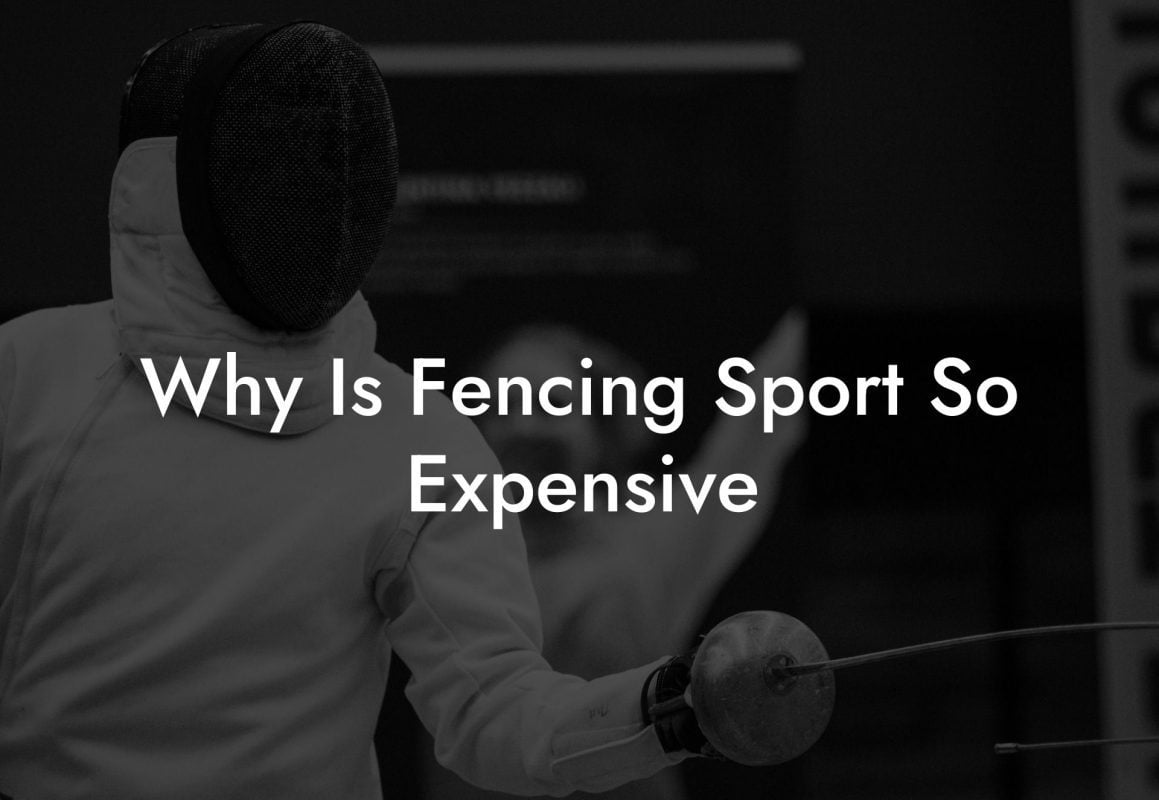The world of fencing is an exciting and elegant sport filled with tradition, strategy, and skill. Whether you are a beginner or an experienced fencer, understanding the different types of fencing can help you improve your technique, choose the right equipment, and find the best fencing format for you. In this guide, we will explore the fascinating sport of fencing and its various types, giving you a comprehensive introduction to this dynamic and captivating pursuit.
Sport Of Fencing Types Table of Contents
The Three Main Weapons: Foil, Epee, and Sabre
Fencing is divided into three primary categories based on the weapon used: foil, epee, and sabre. Each of these weapons has its unique characteristics, rules, and techniques, providing a diverse range of challenges and strategies for fencers to master.
Foil
Foil is a lightweight, flexible weapon with a blunted point. It is the most commonly used weapon for beginners and is also used at the highest levels of competition. The target area for scoring in foil fencing is the opponent's torso, excluding the arms and legs. Hits are scored using the tip of the weapon, and fencers must establish the "right of way" (priority) before landing a valid hit.
Epee
Epee is a heavier, stiffer weapon with a larger bell guard to protect the hand. The target area for scoring in epee is the entire body, making it a popular choice for fencers who enjoy more strategic and tactical bouts. Hits are scored using the tip of the weapon, and there are no right-of-way rules in epee fencing, which means that fencers can score simultaneous hits, resulting in a more aggressive and direct style of fencing.
Sabre
Sabre is a cutting and thrusting weapon with a curved blade, often regarded as the most aggressive of the three fencing weapons. The target area for scoring in sabre fencing is the opponent's upper body, including the arms, head, and torso. Hits are scored using the edge of the blade as well as the tip, and the right of way rules also apply in sabre fencing. Sabre bouts are often fast-paced and exhilarating, demanding quick reflexes and bold strategies.
Competitive Fencing Formats
There are various formats for competitive fencing, including individual and team events, broken down by age groups and skill levels. The primary formats are:
- Local, regional, and national tournaments
- World Cup events
- World Championships
- Olympic Games
Sport Of Fencing Types Example:
Imagine watching an Olympic fencing event featuring a foil match between the world’s top fencers. They are gracefully maneuvering around the piste (fencing strip) as they carefully gauge their opponent's strategy while planning their attacks. The electric atmosphere is heightened as the audience holds their breath during intense exchanges, and then erupts with applause for a perfectly executed touch.
Now that you have a better understanding of the different types of fencing, you can appreciate the skill, strategy, and history that makes this sport an exhilarating discipline to pursue. As you develop your skills and explore the exciting world of fencing, remember to embrace the challenges and rewards that come with mastering each unique weapon and format. Share this guide with friends who may be interested in fencing and explore other resources on the Anchorage Fencing Club to further your fencing knowledge and skills.













